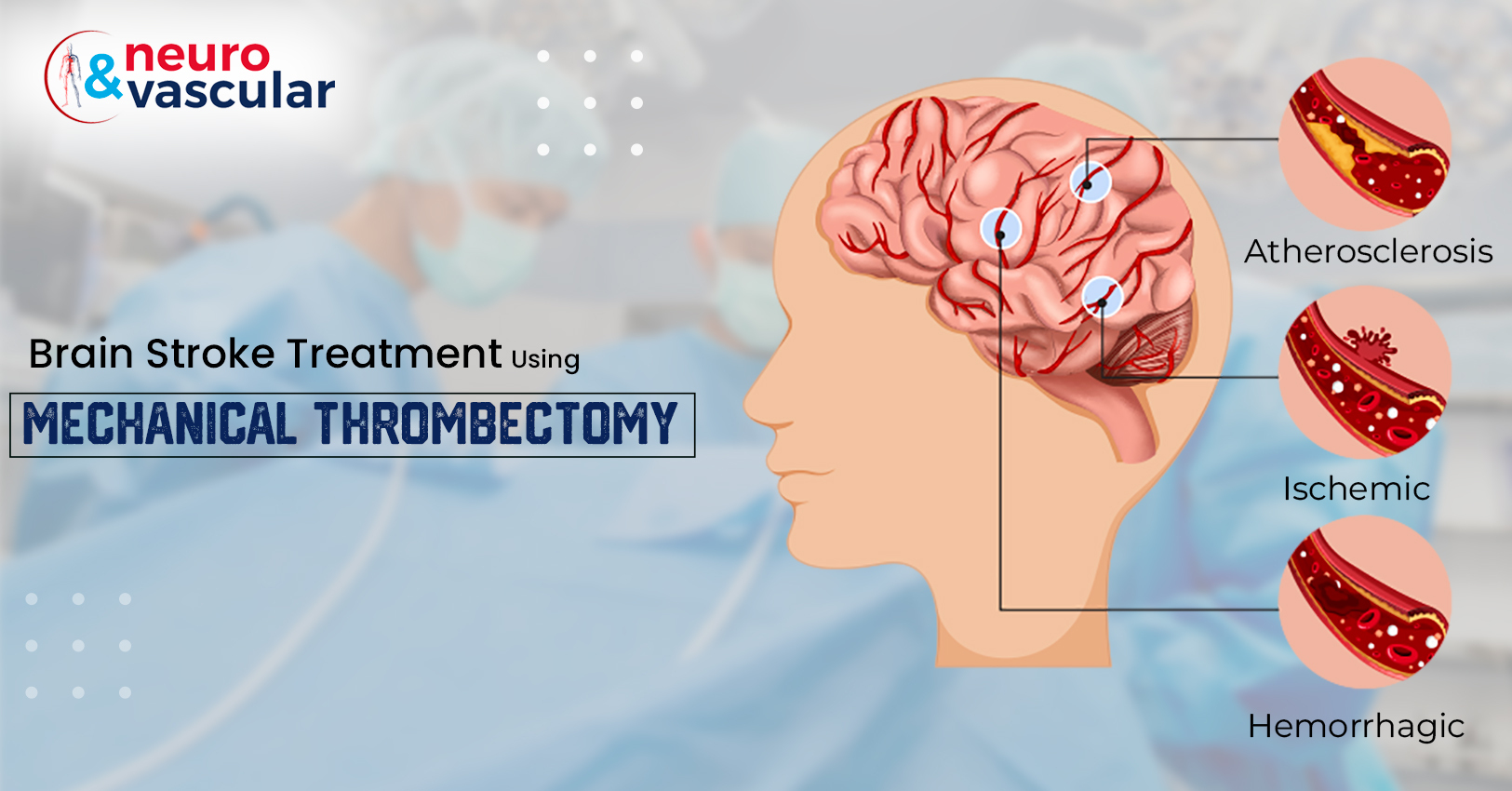 Blood Tests: A Breakthrough in Stroke Diagnosis
Blood Tests: A Breakthrough in Stroke Diagnosis
Detecting and treating strokes promptly is crucial for ensuring positive patient outcomes. With the saying “time is the brain” in mind, researchers at Brigham and Women’s Hospital in Boston have developed an innovative blood test that could revolutionize stroke diagnosis. Dr. Joshua Bernstock, the senior author of the study, believes that this new technology has the potential to expedite treatment for stroke patients worldwide.
The research team focused on identifying specific biomarkers secreted into the blood as different types of strokes progress. Two proteins, D-dimer and glial fibrillary acidic protein (GFAP), were of particular interest. GFAP has long been associated with traumatic brain injury and cerebral bleeding. By quantifying the levels of these proteins in the blood, the researchers aimed to differentiate between different types of strokes.
One of the main challenges in stroke diagnosis is distinguishing hemorrhagic strokes from large vessel occlusion (LVO) strokes, which often present similar symptoms. Misdiagnosis can delay appropriate treatment and lead to worse patient outcomes. However, Bernstock’s team found that combining blood test results with a “field assessment stroke triage for emergency destination” (FAST-ED) score could expedite the diagnosis of LVO strokes.
To validate their hypothesis, the researchers analyzed data from 323 stroke patients treated between 2021 and 2022 in Florida. They discovered that combining the levels of GFAP and D-dimer with FAST-ED data within six hours of symptom onset resulted in a 93% specificity and 81% sensitivity for detecting LVO strokes. This means that the diagnostic tool accurately ruled out LVO strokes 93% of the time and correctly identified LVO strokes 81% of the time.
According to Bernstock, this novel diagnostic approach could be a game-changer in ensuring that more stroke victims receive life-saving care at the right time and place. The test could also be used in critical situations to identify or rule out cerebral hemorrhages, which could be particularly beneficial in developing countries with limited access to advanced imaging technology.
The findings of the study were published in the journal Stroke: Vascular and Interventional Neurology on May 17th. The next step for the researchers is to evaluate the effectiveness of the blood test on ambulance personnel. Identifying the type of stroke a patient has experienced as early as possible is crucial, as neuronal death can begin within minutes. The blood test could significantly accelerate this process and enable physicians to provide the appropriate care pathway promptly.
Dr. Bernstock emphasized the transformative impact of performing such assessments in a pre-hospital setting using the developed technology. By excluding bleeds or identifying conditions requiring intervention, healthcare professionals can ensure better outcomes for stroke patients. Mechanical thrombectomy, a surgical procedure to remove an LVO clot from a major brain artery, has proven to be highly effective in saving lives and restoring patients’ health.
In conclusion, the blood test developed by the research team at Brigham and Women’s Hospital shows great promise in expediting stroke diagnosis and improving patient outcomes. By accurately detecting LVO strokes, healthcare professionals can initiate life-saving interventions promptly. This breakthrough technology has the potential to revolutionize stroke care and make a significant impact on global healthcare.

